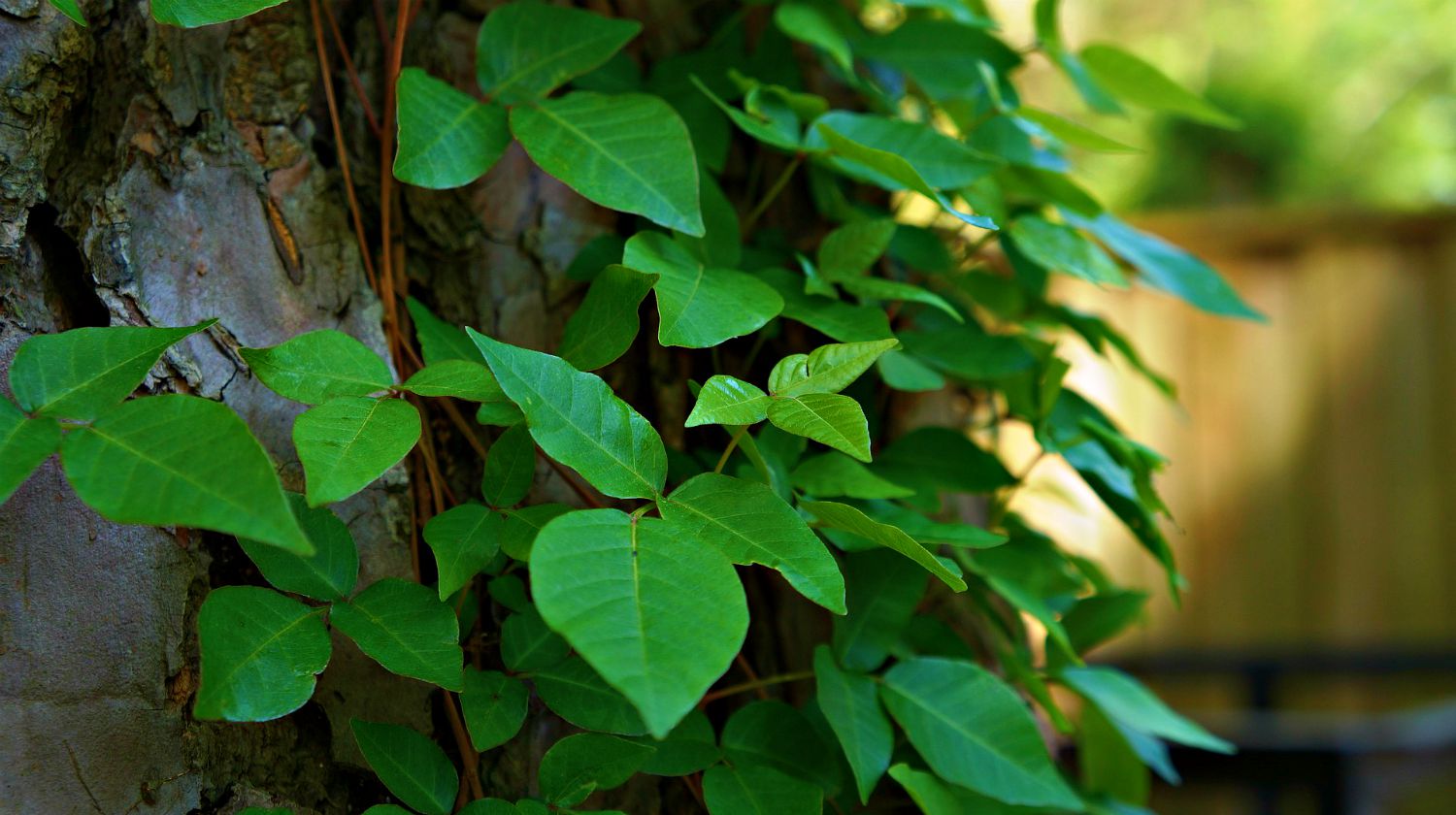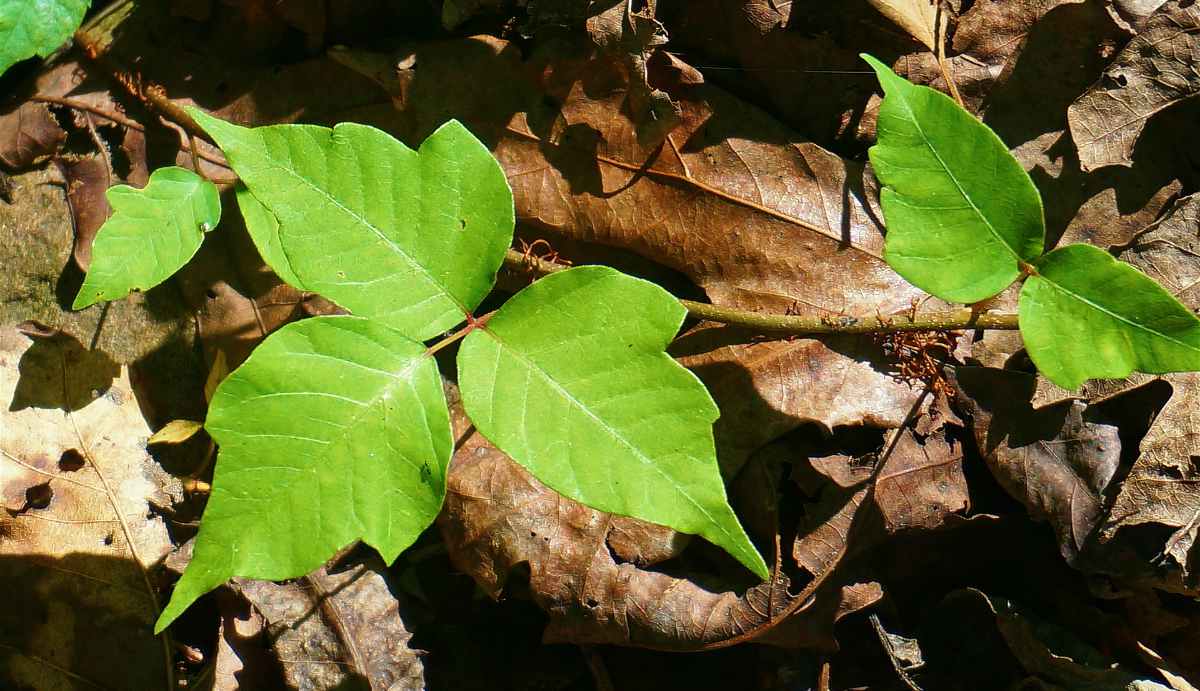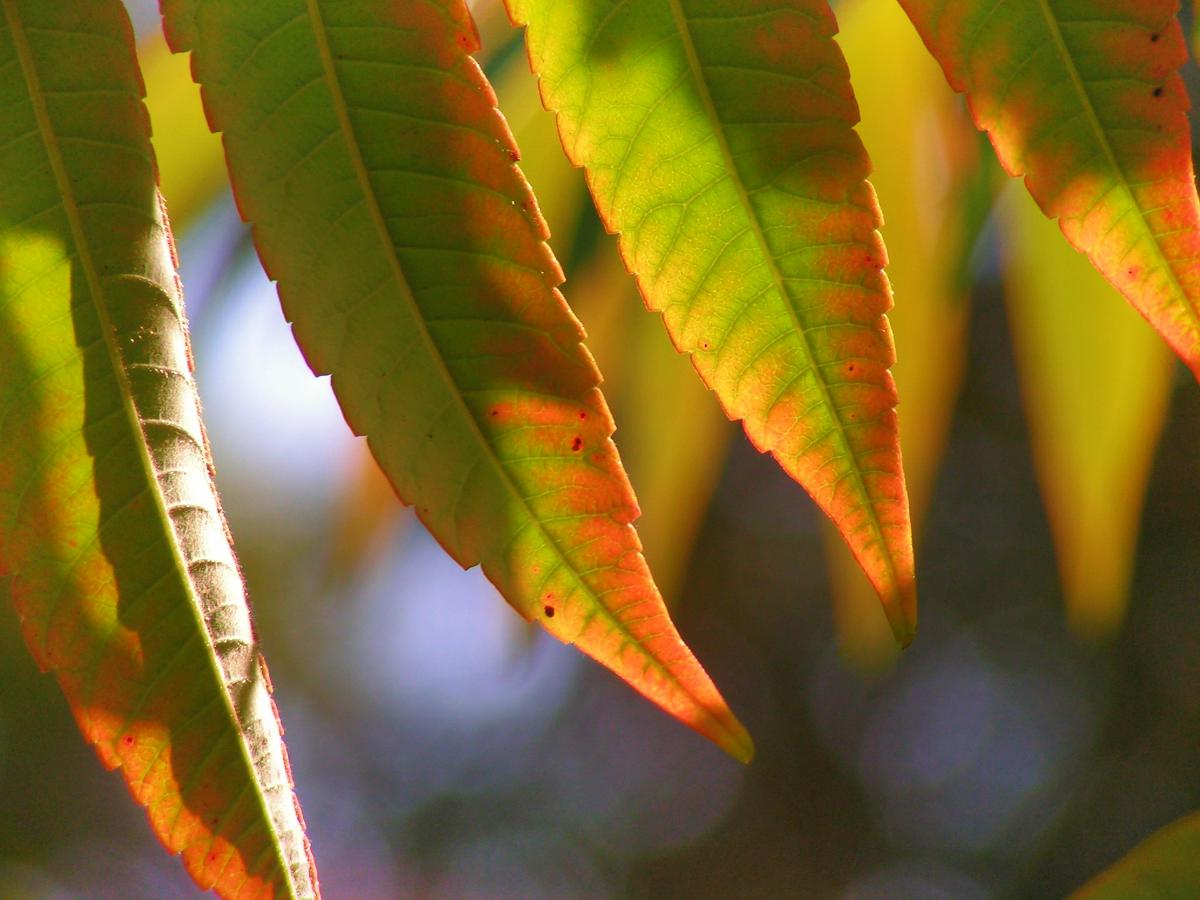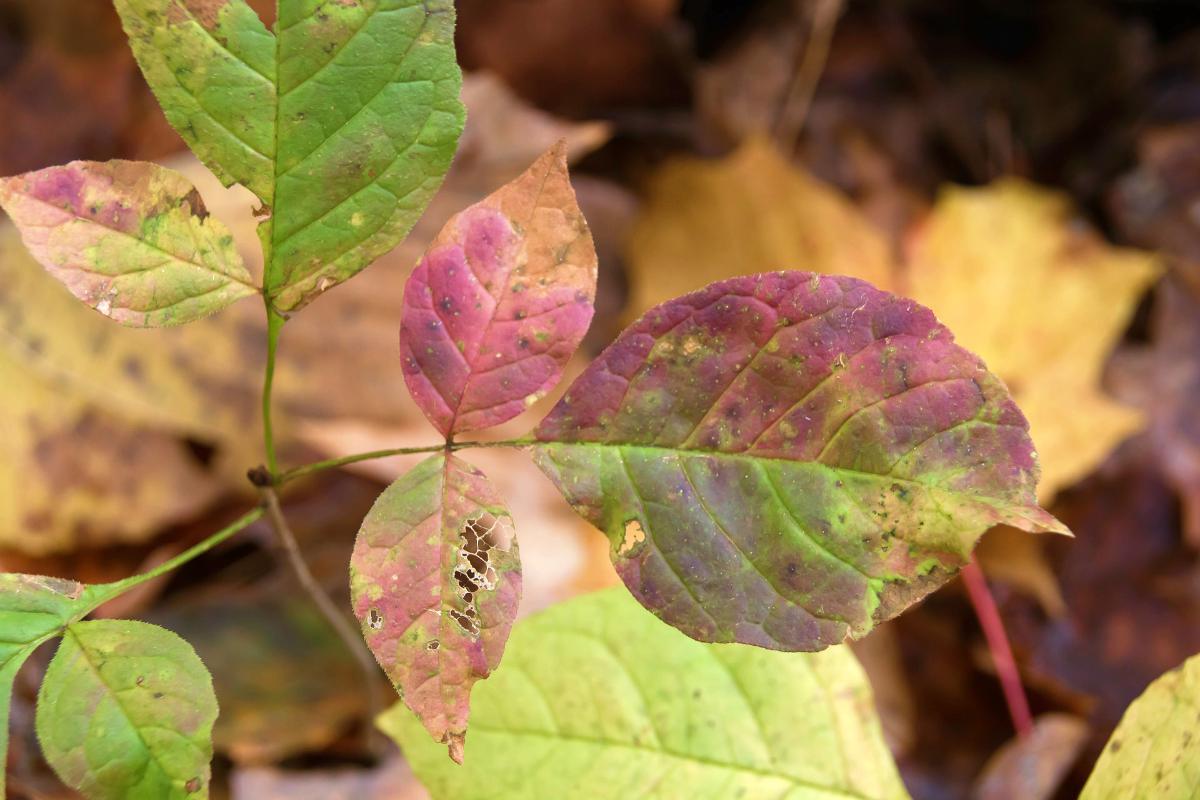Featured Articles
How To Prevent And Treat Poison Ivy, Oak, And Sumac

Learn to how to recognize poison ivy, oak, and sumac here so you can avoid them, plus how to treat reactions in case of allergic reaction!
RELATED: Wilderness Survival | Ways You Can Be Injured In The Wild
In this article:
Poison Ivy, Oak, and Sumac: Be Aware All Year Round
How to Identify Poison Ivy, Oak, and Sumac
No products found.
If you love spending time outdoors and are allergic to these plants then this article is a must read for you! If you aren’t sure that you are, in fact, allergic, then it’s always a good idea to be cautious just in case.
Urushiol is the oil from poison ivy, oak, and sumac which causes the allergic reaction. It can stay potent for a long time so you wouldn’t want it in your tools, gears, and clothes let alone your body.
Urushiol is found in the leaves, stems, and roots of poison ivy, oak, and sumac plants. You can even get a rash even in the winter so learning to identify these plants in all seasons is so important.
Learning to identify the poison ivy, oak, and sumac will help you avoid it. You can learn to identify these plants by their features and the areas where they grow.
1. Poison Ivy

The poison ivy is a shrub that shoots into a vine in growth. It has has a pointed tip in its smooth or notched leaves.
Poison ivy changes leaf colors through the changes of the seasons. It is green in the summer with green or yellow flowers and clusters of greenish to white berries.
In the springtime, the young leaves are reddish which turn red or yellow-orange in the fall. In winter, it sheds off its leaves but the roots and vines can still give you a bad rash.
The defining feature of the poison ivy though is its leaves forming in clusters of three with the middle leaf larger the leaves on the sides.
Be warned, “Leaves of three, leave them be,” is an old saying which rings true of poison ivy. Although there are other plants with leaves of three clusters, it’s better to be on the safe side.
You see, even the poison oak comes with leaves clustered in three. So just be wary of all plants which come in three leaves to be safe.
Poison ivy symptoms include itching, blisters, and redness. You may also have difficulty in breathing if you inhale the smoke from burning poison ivy.
2. Poison Oak

The poison oak is a woody shrub growing to about three feet tall, but also grows into a vine. It commonly grows throughout the country except in desert areas.
Again, the poison oak, much like the poison ivy also has leaves clustered in three. And like the poison ivy, there are some varieties with leaves clustered in five to seven, too.
Its distinct feature though is a scalloped, wavy form only less defined than oak tree leaves. But, while poison ivy leaves have notched sides with pointed tips, poison oak’s are smooth and rounded, also with pointed tips.
Poison oak is deciduous or loses its leaves during winter. In spring, it’s leaves are bright green, turning yellow-green or a shade of pink in the summer then turns yellow to brown during autumn.
Symptoms or a poison oak reaction include itchiness, redness, and swelling.
3. Poison Sumac

Poison sumac grows as a tall shrub or a small tree, growing to about 20 feet tall. Its distinct feature is elongated leaves, usually in clusters or pairing of 7 to 13 leaves.
You can find them growing in wet soil or swampy areas. That’s why the poison sumac is common in the midwest parts of the North and Southeast where the humidity is high.
Poison sumac also changes color throughout the seasons. In the springtime, it is bright orange in color, dark green in summer, and turns red-orange during autumn.
Other distinct features are the clusters or fruits it bears. It has also clusters of greenish-yellow flowers growing in the summer.
Poison sumac allergies are even worse than poison oak and poison ivy rash. Poison sumac rash symptoms include a burning sensation and watery blisters.
RELATED: 12 Home Remedies For Poison Ivy, Oak, and Sumac
Poison Oak, Sumac, and Poison Ivy Treatment

If you come into contact with these pants, act quickly and wash the area with water and mild soap. However, if you do develop a rash from contact with one of these plants, here are 16 home remedies you can try.
1. Banana Peel
Rub the affected area with the inside of a banana peel.
2. Potato
Blend a raw potato into a paste with a blender. Using plastic wrap, place paste onto the affected area.
3. Baking Soda
Make a paste out of baking soda and water to apply to an affected area or take a tepid bath and add 1 cup baking soda to bath water.
4. Coffee
Pour cold coffee on the affected area.
5. Dawn Dishwasher Soap
Apply liberally to affected area and wash off with cold water.
6. Apple Cider Vinegar
Place in spray bottle and chill in the refrigerator. Spray on affected area as needed and let it air dry.
7. Vodka
Apply directly to the affected area and air dry.
8. Swim in the Ocean
Only if you happen to be very close to one! Take a dip in the water.
9. Turmeric
Make a paste out of turmeric and lemon juice or rubbing alcohol. Apply to affected area for 15 minutes and wipe off. Take note: It will make your skin yellow.
10. Cucumber
Apply cucumber slices directly onto affected area or make a paste by chopping them up into fine pieces.
11. Watermelon Rinds
Apply directly onto affected area.
12. Oatmeal
Blend 2 cups uncooked oatmeal into a powder. Add to warm bath and soak for 20 minutes.
13. Aloe Vera
Apply flesh of plant directly onto affected area.
14. Epsom Salt
Add two cups to a warm bath and soak for 20 minutes.
15. Mouthwash
Apply directly to affected area.
16. Tea Bags
Place cold tea bags onto the affected area. (Optional: Secure with duct tape.
Watch this video on how to treat poison ivy rash from Mayo Clinic:
Always be aware of your surroundings when spending time outdoors. In this case, with these particular plants, be aware of poison ivy, oak, and sumac all seasons long!
Have you encountered poison ivy, oak, and sumac before? Tell us all about it in the comments section below!
|
Up Next:
- The Ultimate Guide to Poisonous Plants | Wilderness Survival Skills
- Three Things That Can End Your Summer Fun
- How To Treat Blisters And Itches Naturally
For awesome survival gear, you can’t make at home, check out the Survival Life Store!
Follow us on Facebook, Instagram, Twitter, Pinterest, and Tumblr!
**Disclaimer: All content on this site is for informational purposes only. Please read our full disclaimer here**
Editor’s Note: This post was originally published on December 26, 2015, and has been updated for quality and relevancy.
Last update on 2024-04-27 / Affiliate links / Images from Amazon Product Advertising API
-

 Do It Yourself7 months ago
Do It Yourself7 months agoParacord Projects | 36 Cool Paracord Ideas For Your Paracord Survival Projects
-

 Do It Yourself9 months ago
Do It Yourself9 months agoHow To Make Paracord Survival Bracelets | DIY Survival Prepping
-

 Do It Yourself9 months ago
Do It Yourself9 months ago21 Home Remedies For Toothache Pain Relief
-

 Do It Yourself10 months ago
Do It Yourself10 months agoSurvival DIY: How To Melt Aluminum Cans For Casting
-

 Exports8 months ago
Exports8 months agoAre Switchblades Legal? Knife Laws By State









dillet
January 15, 2016 at 2:05 PM
Your illustration of winter poison oak is inadequate. This description may help: Usually there are no or few dry leaves left on the plant. The main stems are tan-colored and distinctive in form–they curve upward like fingers on an outstretched, cupped hand. Secondary twigs are usually short. And the most distinctive clue is found on broken or bruised stems, where the dried sap is BLACK.
Pingback: 10 Surprising Survival Uses for Witch Hazel | Survival Life
Pingback: 31 Survival Skills for the True Outdoorsman | Survival Life
Pingback: Witch Hazel Uses for Survival | Survival Life
Миодраг
February 13, 2017 at 9:24 AM
In a matter of fact over 90% of humans are allergic to these poisonous plants, actually only some of the native americans are immune to them. I experienced poison ivy myself on a fairly big part of skin and it was no fun at all.
Thanks for this great and simple article.
homesteadorgus
December 2, 2017 at 1:13 AM
WoW!!!
Such a great Post.
Thank you so much for sharing.
Be Aware.
Pingback: Survival Skills: 31 Essentials for the True Outdoorsman | Survival Life
Pingback: 31 Survival Skills For The True Outdoorsman - Survive!
Pingback: 5 Venomous Snakes and Their Look-Alikes | Survival Life
Pingback: Learn About These Common Poisonous Plants In the Woods – The Self-Sufficient Life
Pingback: Learn About These Common Poisonous Plants In the Woods - Primal Survival
Pingback: Learn About These Common Poisonous Plants In the Woods – Alive After USA Fall
Pingback: Learn About These Common Poisonous Plants In the Woods - Cooking in Quarantine
Pingback: Learn About These Common Poisonous Plants In the Woods – surviveurself
Pingback: Learn About These Common Poisonous Plants In the Woods – Bulletproof Survivors
Pingback: Learn About These Common Poisonous Plants In the Woods – Sprent Brass
Pingback: Learn About These Common Poisonous Plants In the Woods – SurvivalHood
Pingback: Learn About These Common Poisonous Plants In the Woods | Best Go Bag